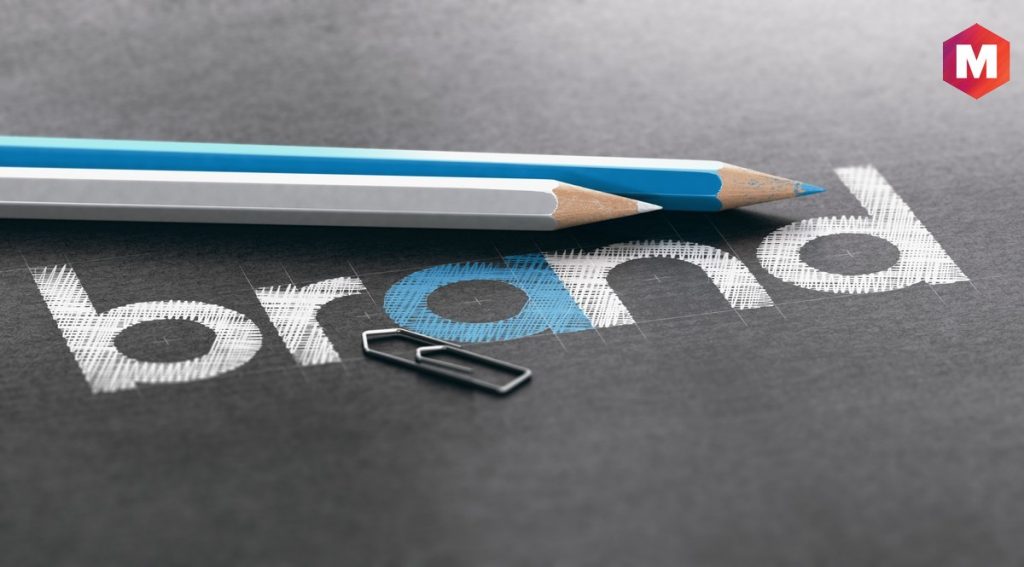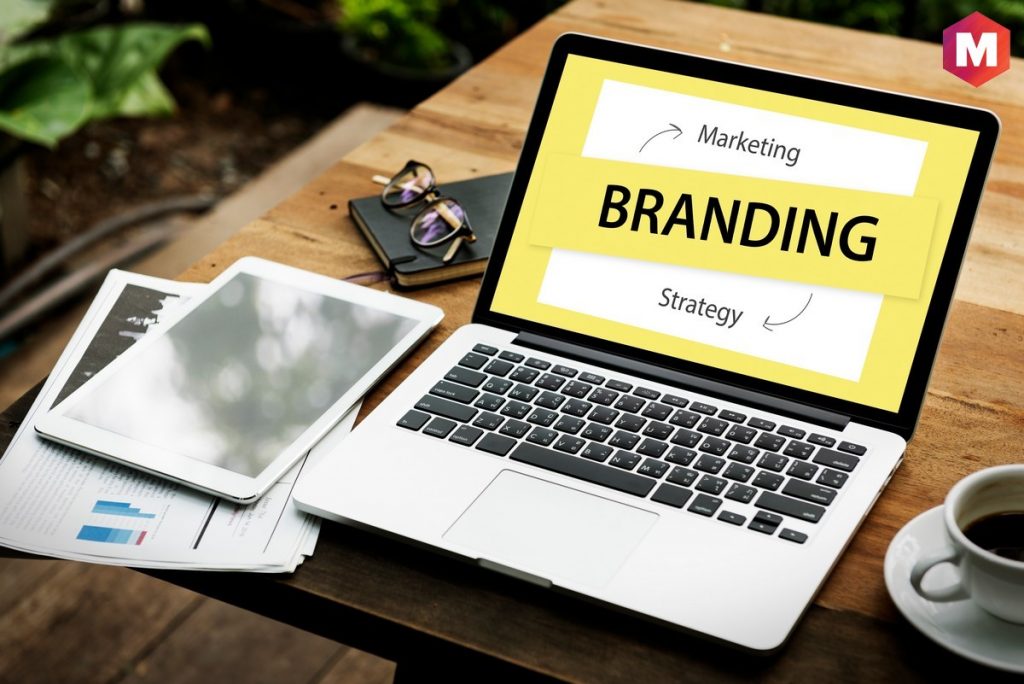Table of Contents
What is a Brand Board?
A Brand Board is a document that contains all of the essential information and visual elements about your brand in one place. This includes your brand colors, fonts, logo, and other important details. Brand Boards are an incredibly useful tool for businesses, as they help to keep your branding consistent across all marketing materials.
For example, let’s say you’re working on a new marketing campaign. You can refer to your Brand Board to make sure that all of the visual elements in your campaign are consistent with your brand. This helps to create a cohesive look and feel for your business, which can be very important in building customer trust and loyalty.
Definition
A brand board is defined as a document that contains all the key elements that need to be used for a brand to maintain its visual consistency. This board is also known as a brand style guide, and it usually includes brand colors, fonts, logos, and other graphic elements.
The brand board should be created by a professional graphic designer who understands the brand and the brand’s style. An effective brand board will help to ensure that all communications from the brand are consistent and that the brand’s visual identity is cohesive. A brand board should be created before any design work begins.
This way, the designer can ensure that all brand elements are included and that the brand board is ready to be used. Having the same brand board is important for any brand that wants to maintain a strong and consistent visual identity. Without a consistent brand board, it would be very difficult to keep the brand’s visual identity cohesive.
Why Does Your Business Need A Brand Board?
Some of the key reasons why your business needs a Brand Board are
- To keep your branding consistent across all marketing materials.
- Brand Boards are a helpful way to keep all of your brand’s vital details in one organized spot.
- Brand Boards are an excellent way to maintain a professional and uniform look for your company.
- All businesses, big or small, can benefit from a Brand Board.
Design elements of Brand Boards
1. Variations of your logo
If you have multiple versions of your logo, it’s a good idea to include them all on your Brand Board.
This way, you can ensure that your logo is used consistently, regardless of the context.
2. Brand colors
Your Brand Board should include a palette of all the colors that are associated with your brand.
They need to ensure that your branding is consistent across all materials, both online and offline.
3. Typography
The fonts that you use for your brand should also be included on your Brand Board.
This way, you can ensure that all text associated with your business uses the same fonts, creating a cohesive look.
4. Styled imagery
If you have any specific images or graphics that are often used in conjunction with your brand, it’s a good idea to include them on your Brand Board.
This helps to ensure that your branding is consistent across all materials.
5. Patterns
If you have any patterns or textures that are associated with your brand, it’s a good idea to include them on your Brand Board.
This helps to ensure that your branding is consistent across all materials, including your website, social media platforms, and physical marketing materials.
6. Icons & Brand Elements
If you have any icons or other visual elements that are associated with your brand, it’s a good idea to include them on your Brand Board.
Having consistent branding across all materials helps forge trust with potential and current customers.
7. Brand Anchors
Your Brand Board should also include any “anchor” elements that are associated with your brand. These are typically things like your logo, tagline, or mission statement.
Brand Anchors help to ensure that your branding is consistent across all materials.
8. Image Inspiration
Finally, your Brand Board should also include a section for image inspiration. This is a great place to include images that you think to capture the essence of your brand.
Including image inspiration on your, Brand Board can help to ensure that your branding is consistent across all materials.
Branding Elements to Keep in Mind When Creating a Brand Board
1. Brand Identity
The first thing to keep in mind when creating a Brand Board is your brand identity. This includes elements like your business logo, color palette, brand visuals, and fonts.
Brand identity is important because it helps to ensure brand consistency.
2. Brand Name
Another important element to keep in mind when creating a Brand Board is your brand name. This is the name that you want customers to associate with your business.
It’s important to choose a name that is easy to remember and that represents your brand well.
3. Brand Image
Your brand image is how customers perceive your business. It’s important to have a positive brand image that represents your business in a positive light.
Using things like photos and graphics on your Brand Board can help solidify a strong brand image.
4. Brand Personality
Brand personality is the way that your business is perceived by customers. It’s important to have a strong brand personality that represents your business in a positive light.
Having a strong brand personality can be hard, but one way to help is by including items such as photos and graphics on your Brand Board.
5. Tagline
Your tagline is a short, catchy phrase that represents your brand. It’s important to choose a tagline that is easy to remember and that accurately represents your business.
Your Brand Board is a great place to showcase your tagline.
6. Brand Strategy
Your brand strategy is the overall plan for how you want to position your business in the marketplace.
It’s important to have a well-thought-out brand strategy before creating your Brand Board. This will help to ensure that your Brand Board is aligned with your overall goals for your business.
Steps to Create Your Brand Board
1. Choose your branding elements
The first step in creating your Brand Board is to choose the brand element that you want to include. Branding elements can include your logo, colors, fonts, patterns, and more.
2. Gather your inspiration
The next step is to gather inspiration for your Brand Board. This can include images, quotes, and other visuals that you think to capture the essence of your brand. Outline the whole ideation process before starting to design.
3. Find a template that works for your brand board, or use design software to create an outline drawing
There is a variety of Brand Board templates available online, or you can use design software to create your own. Brand Board templates can help to ensure that your branding is consistent across all materials.
4. Fill in your Brand Board template with your chosen branding elements
Once you have chosen a template, you can begin filling in your Brand Board with your chosen branding elements. Be sure to include your brand name, logo, colors, fonts, and other elements that you want to use.
5. Save and share your Brand Board
Once you have completed your Brand Board, be sure to save it so you can access it later. You can also share your Brand Board with others so they can see your branding. Brand Boards are a great way to keep your branding consistent across all materials.
Tools to Create Your Brand Board
There are a variety of Brand Board templates and tools available online. Some popular options include
1. Canva Brand Board Template
Canva offers a variety of Brand Board examples and templates that you can use for your business. Their templates are easy to use and come in a variety of styles.
2. Adobe Creative Suite
Adobe Creative Suite is a popular design software that can be used to create Brand Boards. Adobe offers a variety of templates and tools that you can use to create your Brand Board.
3. PicMonkey Brand Board Template
PicMonkey offers a variety of Brand Board templates that you can use for your business. Their templates are easy to use and come in a variety of styles.
4. Creative Market
Creative Market is a marketplace for creative professionals. They offer a variety of Brand Board templates that you can use for your business.
5. Adobe Illustrator
Adobe Illustrator is a popular design software that can be used to create Brand Boards. Adobe offers a variety of templates and tools that you can use to create your Brand Board.
6. Fontjoy
Fontjoy is a tool that helps you to find the perfect font for your brand. You can use Fontjoy to create a Brand Board that is specific to your brand’s font choices.
7. InDesign
InDesign is a popular design software that can be used to create Brand Boards. Adobe offers a variety of templates and tools that you can use to make your Brand Board ready for immediate use.
Conclusion!
A great brand board is an effective tool to help increase brand awareness and build a visual brand identity. It can be used to communicate your brand message, values, and personality.
By creating a brand board, you can ensure that your brand remains consistent across all channels.
What do you think is the most important element of a brand board? Let us know in the comments below!
Liked this post? Check out the complete series on Branding

